This week’s Lost Class looks at five types of Great Western Railway Tank which were all scrapped by the 1960s.
We will look back on the history of these classes, from design to demises.
3100/5100 Class of 1903
The basis of the design, prototype engine No.99 (later 3100 (1912) and 5100 (1927)), was one of three engines which started Churchward’s standardisation policy for the GWR.
Following two years of running and trials, the first batch of locomotives appeared in 1905-06 numbered from 3111 to 3149 with minor modifications to the water tank shape and cab/bunker construction compared to No.99.
The class featured the Swindon Standard No.2 boiler and 5ft 8in coupled wheels, both standard parts across later classes.
Significant changes in service include the front support struts (buffer beam to smokebox) to strengthen the front in the event of an accident (these supports being fitted to many GWR class later on). Extended bunkers increased range with more coal, with the extra weight mostly being carried on the trailing truck. Spreading the load more equally in later years saw engines approved for Blue Route running. Due to the 1938 Renewal Programme, ten engines underwent a rebuild to form the 8100 class.
The 3100/5100 Class of 1903 went on to inspire other classes of ‘Large Prairies’ on the GWR, with some of those carrying out the same jobs as the 3100/5100s. Withdrawals didn’t start fully until 1948, after Nationalisation. Over the next 12 years, the class was steadily removed from traffic, with the majority of the locomotives the best part of 50 years old.
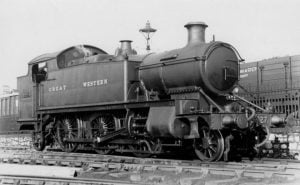
4400 Class of 1905
Now turning to only class of ‘Small Prairies’ to not survive into preservation.
Wolverhampton Works produced 10 of the 11 engines between 1905 and 1906 and Swindon producing one in 1914. Fitted with 4ft 1 1/2in coupled wheels, the 4400s were used on branch lines with steep gradients, such as the Princetown and Much Wenlock Branches.
No more engines were built after 1914, with other classes likely being favoured. This small class survived into the formation of British Railways but was soon after starting to disappear. By 1955, the year the Modernisation Plan was published, all 11 had been withdrawn from service.
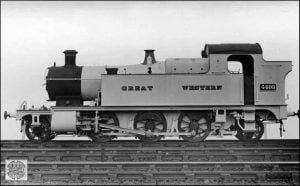
3150 Class of 1906
The first class developed from the 3100/5100s, the 3150s most notable change was fitting the larger Standard No.4 boiler with 200 lbf/in2 to the rolling chassis of a 3100/5100. The benefits being an increased steam capacity, ideal for hauling heavier trains. The drawbacks being the route availability was raised to Red. The typical trains hauled by the class were heavy suburban work. Swindon Works turned out 40 engines starting with the prototype No.3150 in 1906, with the remaining locomotives appearing between 1908-09.
In 1938 a programme was started whereby 3150s were rebuilt into the 3100 class of 1938. Only five engines were produced due to World War Two (More information on the 3100s will be provided later on). The remaining 35 locomotives were scrapped between 1947 and 1958.
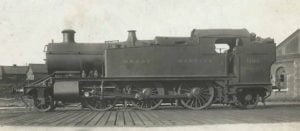
3100 Class of 1938
Collect wished to design a class of tanks for banking trains through the Severn Tunnel and decided to rebuild engines of the 3150 class. Increased tractive effort was achieved by strengthening their Standard No.4 boiler allowing pressure to be raised to 225 lbf/in2, boring the cylinders out to 18 1/2in and pairing the class with 5ft3in coupled wheels. Five 3150 class members were selected for rebuilding in 1938, these being 3173 (3400), 3156 (3101), 3181 (3102), 3155 (3103) and 3179 (3104). Further rebuild plans were halted during World War Two, with the scheme never being continued for the 3100s. The three year period between 1957 and 1960 saw the class cut-up.
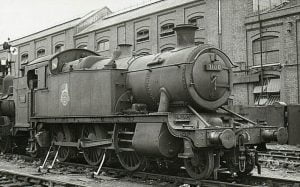
8100 Class of 1938
Another class which formed apart of Collett’s rebuilding scheme, the 8100s were built for suburban traffic around London. Smaller 5ft 6in coupled wheels and higher pressured Standard No.2 boiler were the main changes carried out to 5100 (8100), 5123 (8101), 5118 (8102), 5145 (8103), 5124 (8104), 5126 (8105), 5120 (8106), 5116 (8107), 5133 (8108) and 5115 (8109). In later years the 8100’s would be transferred across the GWR network. 1957 saw the first locomotive withdrawn from service, the last one being taken out of service in 1964.
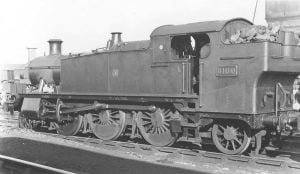
We hope you have enjoyed this week’s Lost Class article. The following Class Information, based on a London, Midland and Scottish Railway Class, will be released in the next few weeks.
Where Next?
News Homepage
For the Latest Railway News
RailAdvent Online Shop
Framed Prints, DVD’s / Blu-Ray’s and more
LocoStop Community
Come and share your railway pictures
Mainline Steam Info
Upcoming mainline steam tours/loco movements


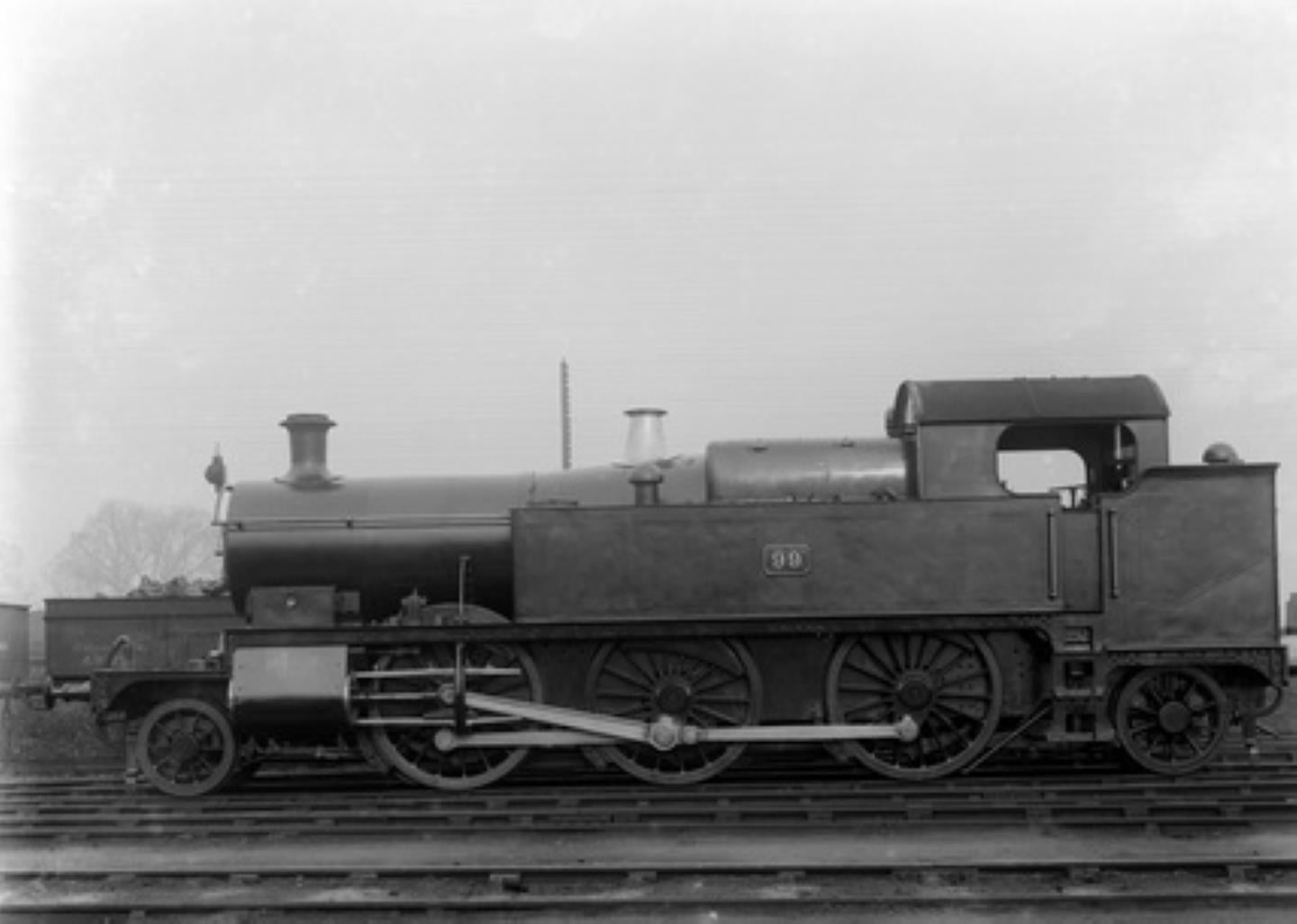
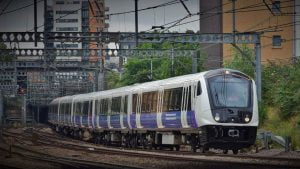


Responses